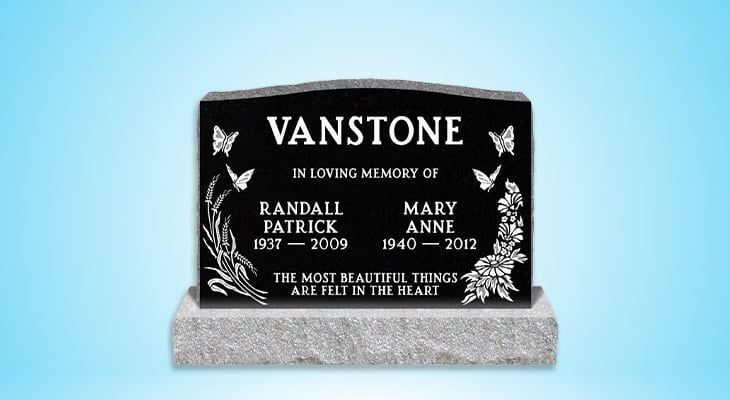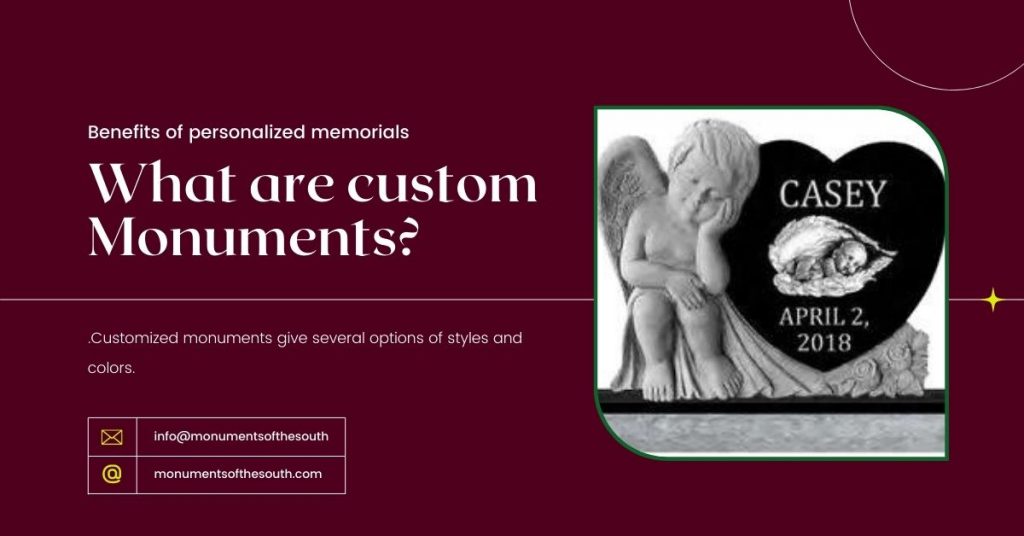Across the American South, marble and bronze figures still stand watch over courthouse lawns, city squares, and rural cemeteries – silent storytellers of a past that continues to shape the present. In recent years, these monuments have become focal points of national debate. Are they preservers of heritage, reminders of injustice, or both?
The question of what to do with contested public monuments has sparked powerful conversations about history, identity, and belonging – conversations explored by scholars such as those at Cambridge University Press & Assessment, who note that monuments act as “anchors of collective memory,” shaping how communities see themselves and their history.
At Monuments of the South, we believe monuments are not only markers of memory but also reflections of evolving values. Whether preserving historic sites or creating beautiful headstone designs, unique tombstone designs, and modern beautiful headstones, our work aims to honor life, legacy, and the enduring human need to remember – responsibly and respectfully.
The Roots of Southern Monuments
Most Southern public monuments were erected between the late 19th and early 20th centuries – a period marked by both reconciliation and racial segregation. Many were commissioned to commemorate Confederate soldiers or political figures from the Civil War era. To their communities at the time, these monuments symbolized sacrifice, regional pride, and identity.
However, for many others, especially in African American communities, these same statues represented the entrenchment of Jim Crow laws and the glorification of a painful legacy. As historian Dell Upton notes, “the meaning of a monument is never fixed; it changes as society changes.”
This evolving meaning lies at the heart of the current debate. Monuments once meant to unite can now divide, reflecting not just the stories they tell – but also the stories they omit.
Recent Debates and Decisions
Over the past decade, Southern cities like Richmond, Charlottesville, Birmingham, and New Orleans have faced difficult choices about the future of their contested monuments.
- Richmond, Virginia, long known for Monument Avenue’s grand Confederate statues, began removing them in 2020 following national protests. Many were relocated to the Black History Museum and Cultural Center of Virginia, transforming symbols of conflict into tools for education.
- New Orleans led a similar movement in 2017, removing Confederate monuments after years of public hearings and debate. Mayor Mitch Landrieu famously remarked that these removals were not about “erasing history” but about “correcting it.”
- Birmingham, Alabama, took a different path by placing interpretive plaques that recontextualize existing monuments – adding nuance without complete removal.
Each city offers a unique model for how the South can engage with its past: through removal, relocation, reinterpretation, or preservation with context.
Memory, Meaning, and Responsibility
The controversy surrounding monuments isn’t simply about statues; it’s about collective memory. As the Cambridge University Press study Contested Public Monuments explains, monuments act as mirrors of societal values. When those values shift, so too must the stories we tell in stone.
Understanding this helps visitors and citizens alike to view these sites not just as artifacts, but as living spaces of reflection. A monument may no longer represent what it once did, but it can still teach us – about art, power, memory, and change.
Responsible engagement means visiting these spaces with open eyes and empathy, asking:
- Who built this?
- When and why?
- Who was excluded from the narrative?
These questions turn passive sightseeing into meaningful cultural dialogue.
How Travelers Can Engage Respectfully
Travelers exploring Southern monuments today play a crucial role in shaping how history is remembered. Here are ways to engage thoughtfully:
- Learn before you visit. Research the monument’s origins and the communities around it.
- Seek diverse perspectives. Visit nearby museums or heritage centers that highlight underrepresented stories.
- Be mindful of photography. Some monuments, particularly in cemeteries or memorial parks, deserve quiet respect.
- Support preservation efforts that promote inclusivity. Donations and volunteerism help ensure future monuments reflect all voices of the South.
Responsible tourism strengthens local heritage while encouraging dialogue rather than division.
Looking Forward: Creating New Monuments for a New South
As the South continues to grow and diversify, communities are beginning to imagine new monuments – those that celebrate resilience, unity, and progress. From memorials honoring civil rights leaders to designs that blend modern art with traditional craftsmanship, the landscape of remembrance is expanding.
At Monuments of the South, we are part of this evolving story. Our team crafts modern beautiful headstones and unique tombstone designs that respect history while embracing contemporary values – offering quality and artistry at wholesale prices. We believe every monument, whether centuries old or newly created, should carry integrity, empathy, and truth. Because in the end, monuments are not just about who we were – they’re about who we aspire to be.



